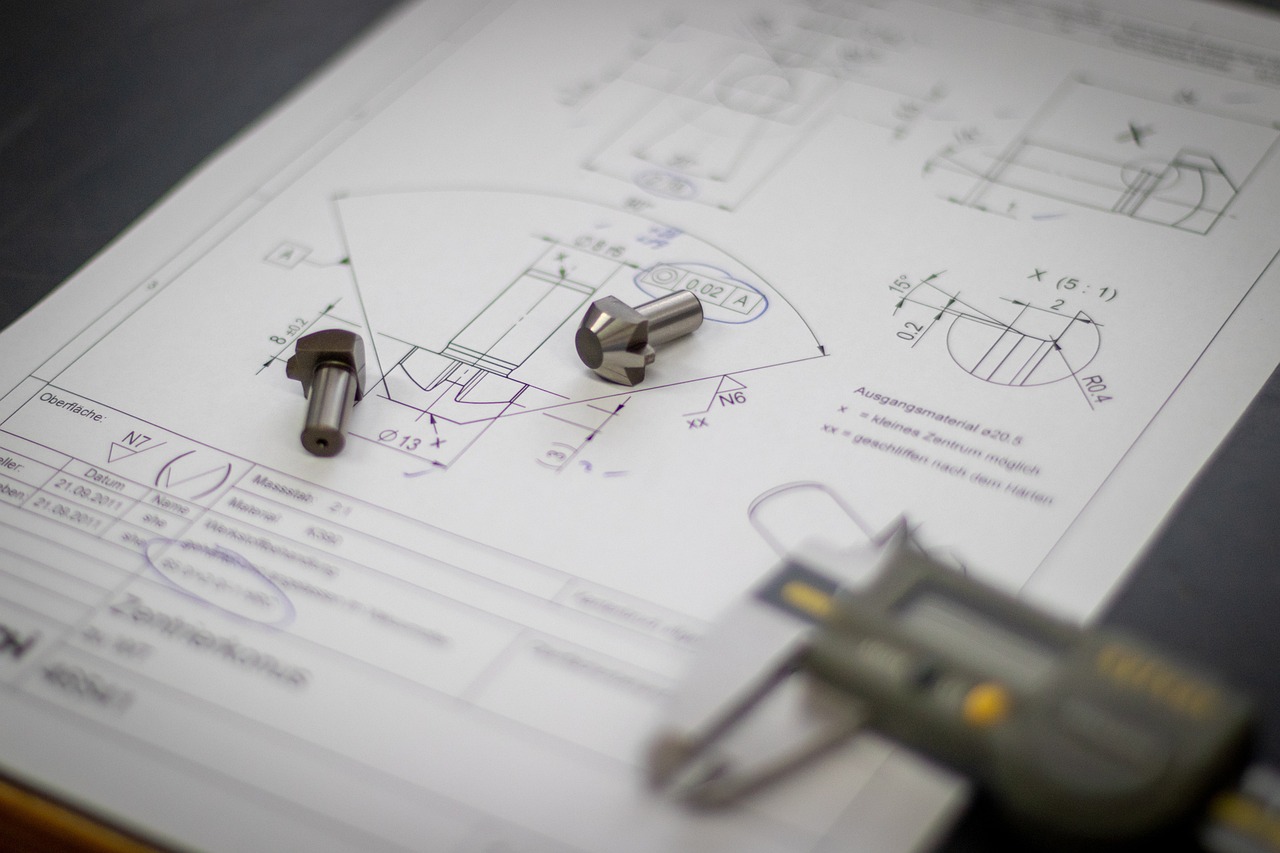Exploring the Role of Tech in Disaster Preparedness
In recent years, the role of technology in disaster preparedness has become increasingly vital. From early warning systems to communication tools and data analysis, technology plays a crucial role in helping communities prepare for and respond to natural disasters. In this article, we will explore the various ways in which technology is being used to enhance disaster preparedness and response efforts.
Early Warning Systems
One of the most critical aspects of disaster preparedness is having reliable early warning systems in place. Technology has greatly improved the effectiveness of these systems, allowing for faster and more accurate warnings to be issued. For example, seismic sensors can detect the first signs of an earthquake and trigger automatic alerts to be sent out to the public via text message or social media.
Communication Tools
During a disaster, communication is key to coordinating response efforts and ensuring that affected individuals receive the help they need. Technology has revolutionized communication in disaster scenarios, with tools such as satellite phones, social media platforms, and emergency alert systems allowing for real-time updates and information sharing.
Data Analysis
Another important role that technology plays in disaster preparedness is data analysis. By collecting and analyzing data from various sources, such as weather satellites, sensors, and social media feeds, emergency responders can gain valuable insights into the scope and impact of a disaster. This information can help prioritize resources and coordinate response efforts more effectively.
Remote Monitoring
Advancements in technology have enabled the development of remote monitoring systems that can track various environmental factors, such as weather patterns, air quality, and water levels. By continuously monitoring these parameters, authorities can detect early signs of potential disasters and take proactive measures to mitigate risks.
Robotics and Drones
Robotics and drones are increasingly being used in disaster response efforts to access hard-to-reach areas, assess damage, and deliver supplies. These tech tools can provide valuable assistance in search and rescue operations, especially in areas where human access is limited or dangerous.
Blockchain Technology
Blockchain technology has emerged as a promising tool for enhancing disaster preparedness and response efforts. By securely storing and sharing information in a decentralized manner, blockchain can help streamline coordination among various stakeholders and ensure the integrity of data during emergencies.
Conclusion
As we have seen, technology plays a crucial role in disaster preparedness by improving early warning systems, enhancing communication, enabling data analysis, facilitating remote monitoring, and deploying robotics and drones. By leveraging the power of technology, communities can better prepare for and respond to disasters, ultimately saving lives and mitigating the impact of natural catastrophes.
FAQs
Q: How can technology help in disaster preparedness?
A: Technology can help in disaster preparedness by improving early warning systems, enhancing communication, enabling data analysis, facilitating remote monitoring, and deploying robotics and drones.
Q: What are some examples of technology used in disaster response efforts?
A: Some examples of technology used in disaster response efforts include early warning systems, communication tools like satellite phones and social media platforms, data analysis tools, remote monitoring systems, robotics, drones, and blockchain technology.





